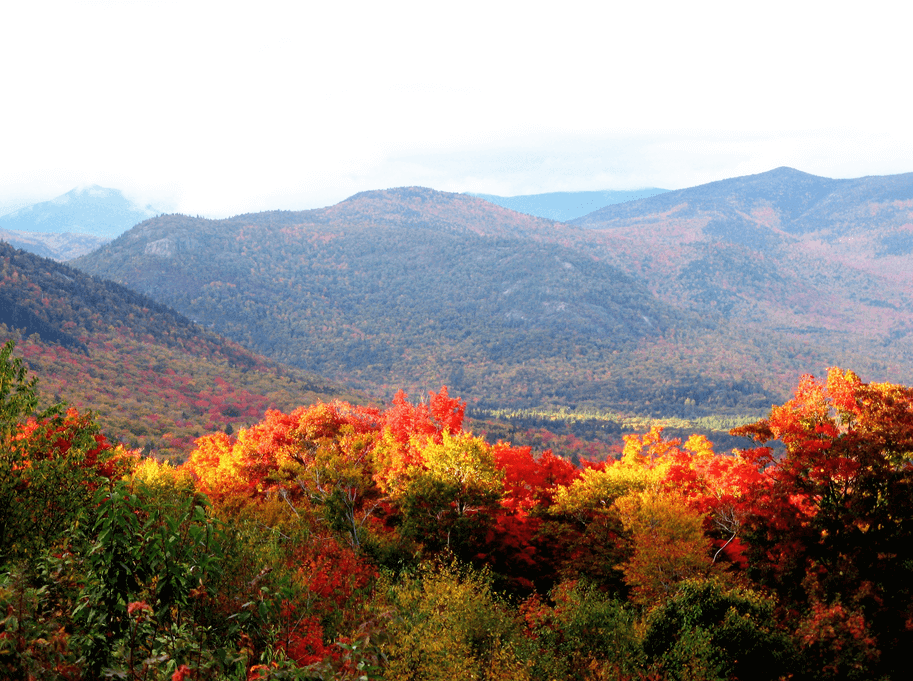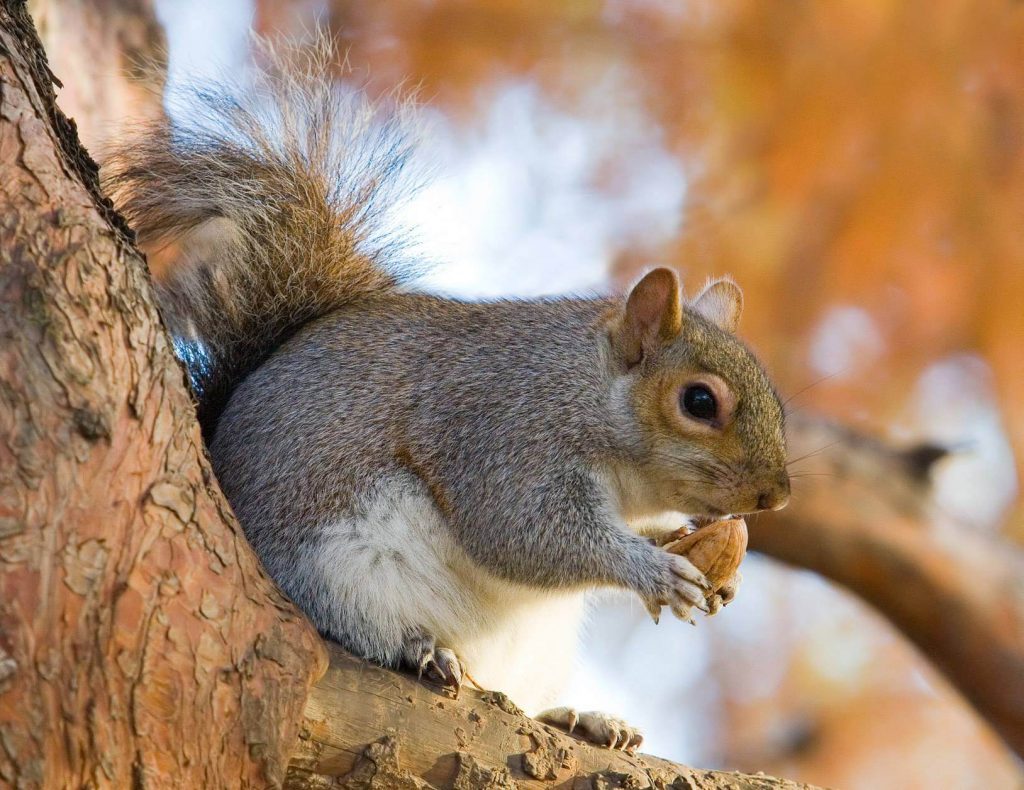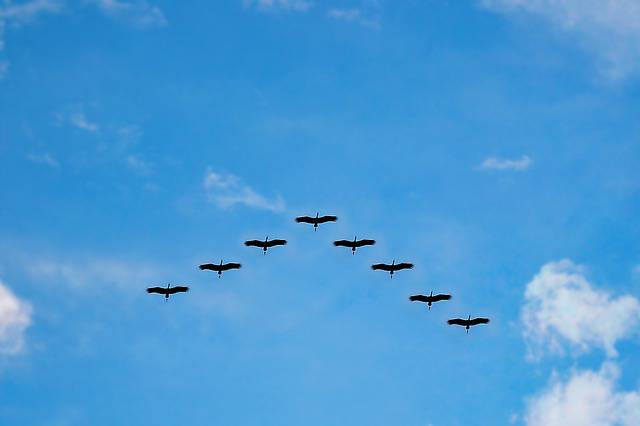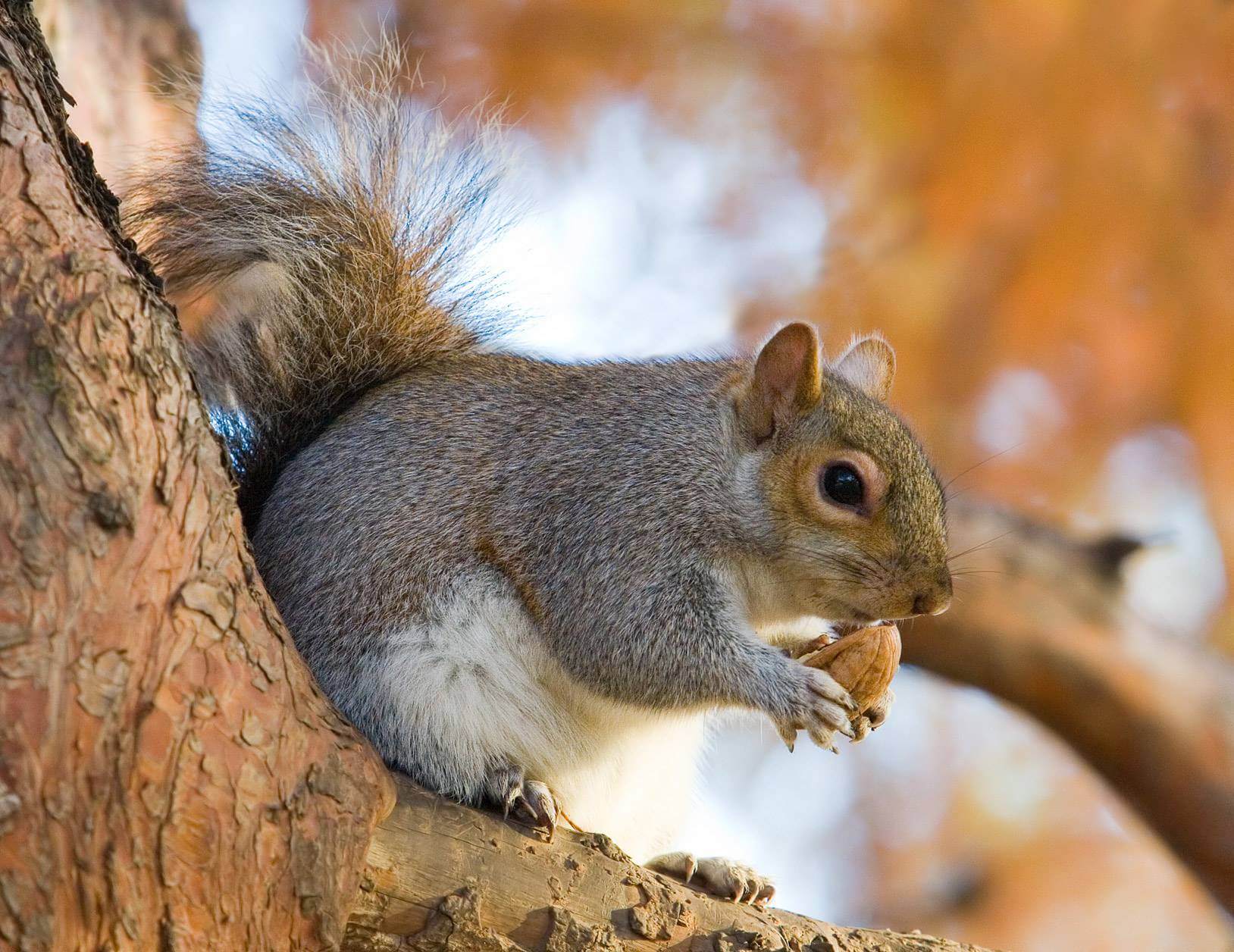
Photo via http://ow.ly/S5SgF
Take one look around and you can see the fall season creeping in. Each day, I walk out of my home to find that a few more leaves on my favorite tree have turned reddish-orange. Around this time of year, people start talking about the autumnal equinox. It occurs on September 23rd this year in the Northern Hemisphere. This is when the sun shines directly on the equator, making day and night equal in duration for a short period of time. The autumnal equinox affects the earth and humans in many ways. Here are a few examples.
A Reduced Amount of Daylight
One of the most notable effects as the autumnal equinox passes is the reduced amount of daylight. Some people suffer from seasonal affective disorder, or SAD, due to the decreased amount of sunlight in the day. People tend to stay indoors more and may be less active as the colder weather of autumn and winter sets in. This can also contribute to SAD.
Animals Begin to Store Their Food
With the approach of the autumnal equinox, you’ll see squirrels, chipmunks, and other animals start to collect food and store it away to prepare for the winter months. Animals that hibernate start to put on more weight at this time of year so they can survive through the cold months. This time of year, I love to drive to a farmers’ market not far from my home to buy apple cider. I enjoy petting the thickening coats of the horses standing in a nearby field. That’s another undeniable sign that autumn is coming!

Photo via http://ow.ly/S5Th0
Trees and Plants Begin to Change
I mentioned that the leaves on my favorite tree are starting to change. The colorful autumn leaves will soon drop off, leaving my tree and many others dormant until springtime. Also, there are many types of flowers that are changing with the approach of the autumnal equinox. I’ve noticed that my neighbor’s black-eyed Susans have lost almost all of their bright yellow petals. Plants go dormant but survive on the nutrients stored in their roots and stems over the previous spring and summer.
Birds Prepare to Migrate
Some birds experience physical changes as they prepare to migrate. They develop heavier feathers and store fat in their bodies that sustains them as they fly to warmer places. The change in the amount of sunlight prompts these changes in birds that migrate. Also, as the weather grows colder, there is less food available to these birds, causing them to move to warmer places. In short, they migrate for a variety of practical reasons. Dark-eyed juncos, blue jays, and some robins are among the many birds that migrate south as the cold weather approaches.

Photo via http://ow.ly/S5U46
Insects Migrate or Hibernate
A perfect example of an insect that migrates is the monarch butterfly. The shorter days, lack of sunlight, and colder temperatures prompt these butterflies to travel to mountains in Mexico. Alternatively, some insects hibernate in response to the autumnal equinox. Large wasps retire to the attics of homes to hibernate or crawl beneath logs to keep warm throughout the winter. Honey bees hibernate in their hives over the winter. I don’t think I’d want to encounter a hive of hibernating bees!
I hope you’ve learned more about the autumnal equinox and it inspires you to take a closer look at the changes going on around you.
![[Avas Flowers] Avas Flowers](https://www.avasflowers.net/newimg/avas-logo-new.png)

